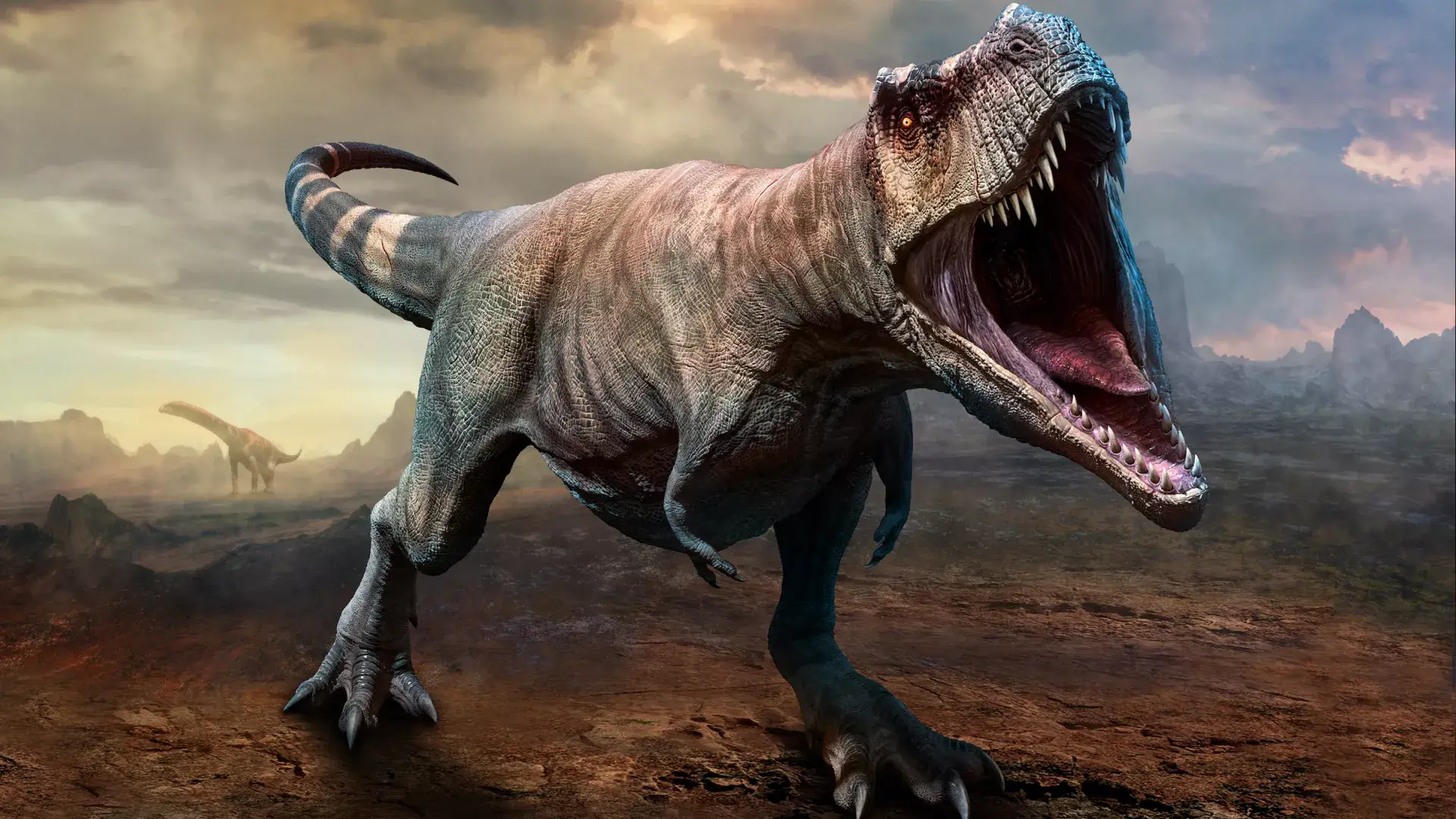2022 is finally at an end, but our study of the deep past continues onward. Before entering 2023, let’s take a look back at the year in paleontology.
Monarchy or triarchy?
As always, Tyrannosaurus rex grabbed headlines when in February Gregory S. Paul et al proposed that the monospecific genus be broken up into three species – T. rex, T. imperobator, and T. regina. The specifics of the proposal were disputed in a paper published in July by Thomas D. Carr et al. The authors of this second paper agreed with Paul that there’s reason to suspect there are in fact multiple species of Tyrannosaurus, but they argued that the methodology and evidence used to designate T. imperator and T. regina is insufficient and doesn’t hold up to scrutiny.
While it can be frustrating to see Tyrannosaurus dominating popular discussion of dinosaurs and paleontology in general, the wide breadth of news coverage on both the initial paper and the rebuttal allowed the general public a front row seat to the scientific process, and the fierce debates that can ensue.

Hitting the gym at 535 (million years ago)
Muscles. We all have them. We all use them. Sometimes we yawn and our jaw muscle spasms and there’s just. So. Much. Pain. Yet, because muscles are soft tissues, they rarely preserve as direct evidence in the fossil record.
But in a paper published in January of 2022, Xing Wang described the muscle system preserved in a fossil jellyfish from the early Cambrian period. Not only is this the oldest finding of muscle structure in a jellyfish, it’s the oldest direct evidence of muscles in animals, giving us a little peek at the origins and early experimentation of these vital structures. Additionally, the paper itself has some remarkable micrographs of the fossil in question, allowing you to get a visual understanding of the paper’s contents.
Natovenator and Jakapil expand horizons
Newly discovered dinosaurs are always fun, especially when they exhibit immediately identifiable characteristics and help us better understand the boundaries (or lack thereof) of these ancient creatures. In the second half of 2022, two small genera of dinosaur punched well above their weight.
The first was the wonderfully adorable Jakapil kaniukura, described by Facundo Riguetti et al. The small size wasn’t what made Jakapil special, it was the armoring. Analyses performed by Riguetti’s team placed the creature as a basal thyreophoran, the group of dinosaurs that includes the famous spike-tailed Stegosaurus and the club-tailed Ankylosaurus. Like some of the more ancient thyreophorans, Jakapil didn’t have some of the characteristics seen in its more famous derived cousins.
Jakapil lived in Argentina during the Cretaceous Period, nearly 50 million years after Stegosaurus had gone extinct, even though most basal thyreophorans have been found in the Northern Hemisphere. This discovery means that either basal thyreophorans found a way to survive far longer in the global south, or perhaps, even more exciting, there was another lineage of dinosaurs exhibiting traits similar to basal thyreophorans, of which Jakapil is the first known group.
Another small dinosaur made a splash earlier this month, as Natovenator polydontus was described by Sungjin Lee et al. The discovery of Natovenator added to the ranks of the halszkaraptorines, a group of small dromaeosaurs (the group that includes Velociraptor) that had developed long necks and narrow jaws. The classification of this group is very new, as Halszkaraptor itself was only described in 2017. But the long neck and narrow jaws with lots of tiny teeth (the specific name polydontus means “many toothed”) seem like good adaptations for hunting small, evasive prey, like fish.

Swimming is something of a focal point of dinosaur studies these days. I’ve written about it here before, but the fascination with finding indisputable evidence of extinct dinosaurs fully suited for aquatic lifestyles rages on, with the mascot for this debate undoubtedly being the long-enigmatic Spinosaurus. The lengthy debate around Spinosaurus and Halszkaraptor meant that Lee’s team had to make sure their evidence was sound. In addition to the adaptations in the neck and head, the authors highlighted the fact that the dorsal ribs of Halszkaraptor were oriented to extend toward the tail-end of the animal, creating a skeletal form that would be advantageous for navigating an aquatic environment.
AIPT Science is co-presented by AIPT and the New York City Skeptics.
Join the AIPT Patreon
Want to take our relationship to the next level? Become a patron today to gain access to exclusive perks, such as:
- ❌ Remove all ads on the website
- 💬 Join our Discord community, where we chat about the latest news and releases from everything we cover on AIPT
- 📗 Access to our monthly book club
- 📦 Get a physical trade paperback shipped to you every month
- 💥 And more!













You must be logged in to post a comment.